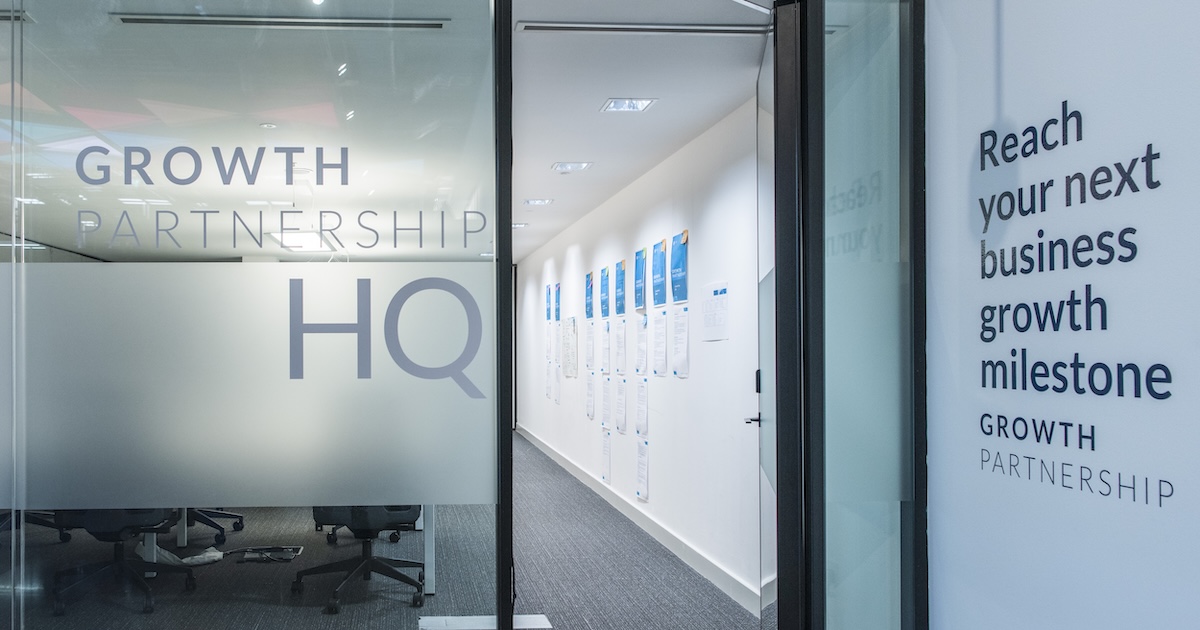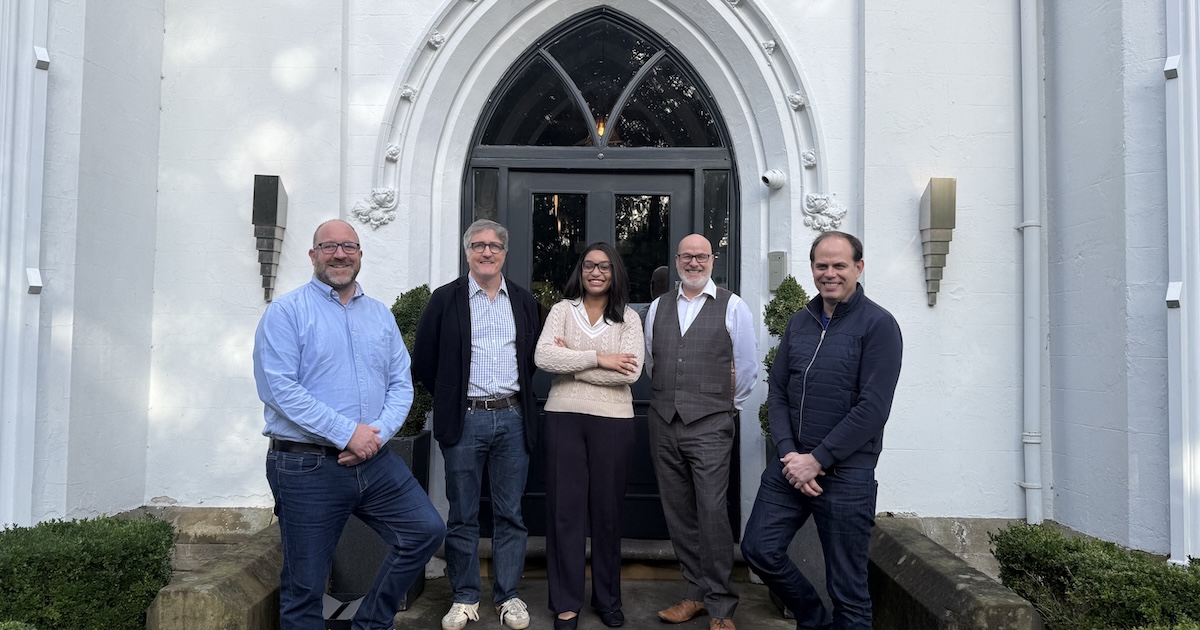Seeking support to reach your next business milestone? Plexal can help with Growth Partnership – a shoulder-to-shoulder service offering for startups, scaleups and SMEs that delivers tailored one-to-one support for scaling.
Hello, it’s Andrew, Plexal CEO, here with the final edition of our six-part Growing your business series, which this week focuses on product development.
To date we’ve covered:
Designing a product development roadmap is an essential business component to guide strategy and ensure direction for a company, rallying colleagues and customers in the pursuit of progress.
But product development is a journey, not a destination, and should be an iterative process rather than a rigid formula.
We have four core products at Plexal – Places, Consulting, Clusters and Growth Partnership – which were steadily introduced over time. From the outset, we delivered places for innovators but, as I noted in my previous article around new market entry, consulting was always part of the bigger picture and launched soon after opening our Stratford site to complement our workspace offering.
Quickly enough, our product development of consulting experienced a dramatic shift. We began with accelerators but expanded into research, ecosystem building, market validation and more as customer needs became clear.
As the customer demonstrates their needs, you’re presented the opportunity to design an appropriate response. While a minimum viable product will get the ball rolling, the sophistication of your base offer shouldn’t be done in isolation. Your product development must reflect customer requirements, so acknowledging market signals is key.
Market signals will vary depending on your sector. Unfortunately, it’s never as straightforward as someone yelling from the rooftops, waving a flag or firing a flare into the sky to attract your attention. Data and analytics should inform your product development, while you can also leverage your instinct and experience.
Almost two years ago, this approach paved the way for us to launch clusters, an offering we deliver for local authorities and large organisations to fuel innovation and economic growth in locations across the regions.
This product development area was a lesson for us. It was a coming-of-age moment and a realisation of our market demand and staff expertise, enabling us to create a clear methodology. We needed to work with a new customer in the form of local government, rather than central government departments that know us for our programme-led work.
Part of my product development methodology is that each product should be treated like an individual company. The first step is to incubate during the product development process – but what does that look like in practice?
When you have a high-growth organisation, you don’t want to tamper with the fuel to that engine and deviate from the product development roadmap. Build and test, then, when it’s appropriate, introduce the new product and add it to the growth capacity.
In attempt to avoid distraction with clusters, we didn’t use a business-as-usual delivery method and roll it out to the entire Plexal workforce at large. By incubating clusters with a dedicated team, we ran a test phase with early customers, keeping it focused and fit for market.
Product development is so important to every company but not recognised by all of them. Take a local bakery and the beloved jam doughnut – this requires cooking apparatus, the best jam and sugar, enough time to bake, all of which builds a product specification.
Translated, this is product development that’ll leave customers licking their lips, so companies that don’t recognise their offerings in this regard could be setting themselves up for a fall.
As much as we wish this wasn’t the case, product development won’t always lead to success. And it’s okay to retire a product that doesn’t perform – but don’t ignore the signs. First ensure you’re conducting qualitative and quantitative measurements, such as testing customers for feedback and observing margin potential.
Product retirement and success aren’t binary. The Kodak demise occurred because they failed to invest in digital and there are so many variables that can lead to this scenario.
A product could fail because the business doesn’t have the awareness to evolve or accept defeat; an executive could have a short–term vision rather than looking ahead; an organisation with churn could have unenthusiastic employees that aren’t looking to make impact, which can affect outcomes; there could be a declining investment programme year-on-year. The list goes on.
All of these should ring alarm bells. But without an accountable owner to signal risk, failure is inevitable. And if a product can’t be rescued, then be brave, discuss the situation in a safe space and pack it up – a method that can be built into a product development roadmap.
A typical product lifecycle includes introduction, growth, maturity and decline, which is so common in technology especially as new developments and trends outpace predecessors. However, product development in an urgent and panicked fashion is never a valuable way to perform, so specific individuals should be empowered to think about product changes as the threats and opportunities arise rather than waiting until it’s too late.
And what would threats and opportunities be without competitors? We consider ours carefully and you’d be remiss not to admire or learn from them – the good and the bad – as this allows you to set your company’s bar high. If you’re always exceeding, that’s how you win.
There will even be times when collaboration, a core function of our business, will make sense – such as forming a specific consortium with peers or competitors in a farming fashion. But other times it’s about outperforming and adopting the hunter mentality to overtake, which is how you stay sharp and keep on your A-game.
Fundamentally, product development is a game of Tetris – making the right connections to progress, even in the most unlikely or difficult of scenarios. And even when it seems like game over, you can reset and go again.
I’ve summarised my thoughts on product development below, so if you’re ever in a hurry, you can refer to these at speed. Please let me know what you think and share your experiences with me.
- Define your product, the problem it is trying to solve and the potential it unlocks
- Where is the demand signal?
- Design it from the perspective of the customer, always testing and iterating around the demand signal
- Treat the product like a company, give it a P and L, resources, targets and brand
- Always measure the success of the product
- Make the product end to end – a product leads the business from order to cash and needs to define and deliver every step
- Understand the competition and how they can affect your success
- Remember the product lifecycle – in the end every product needs to be retired
- Always keep developing new products (and new product features)
If you want support to your next growth milestone – we’re just an email away and ready to work with you: https://www.plexal.com/growth/


